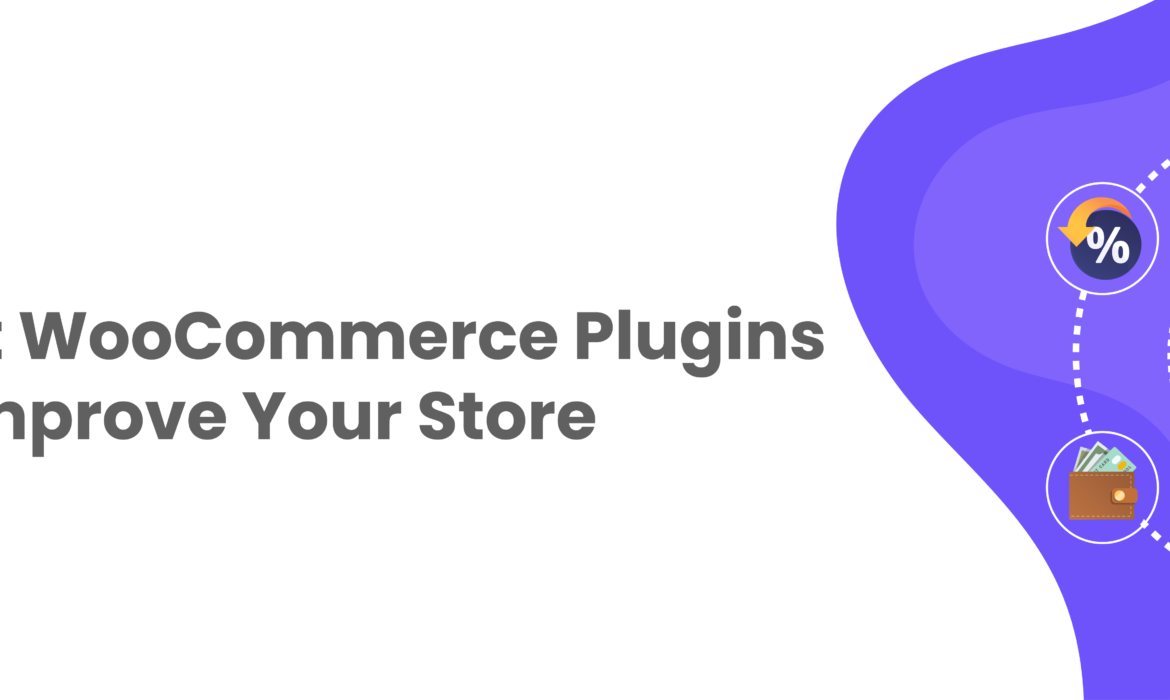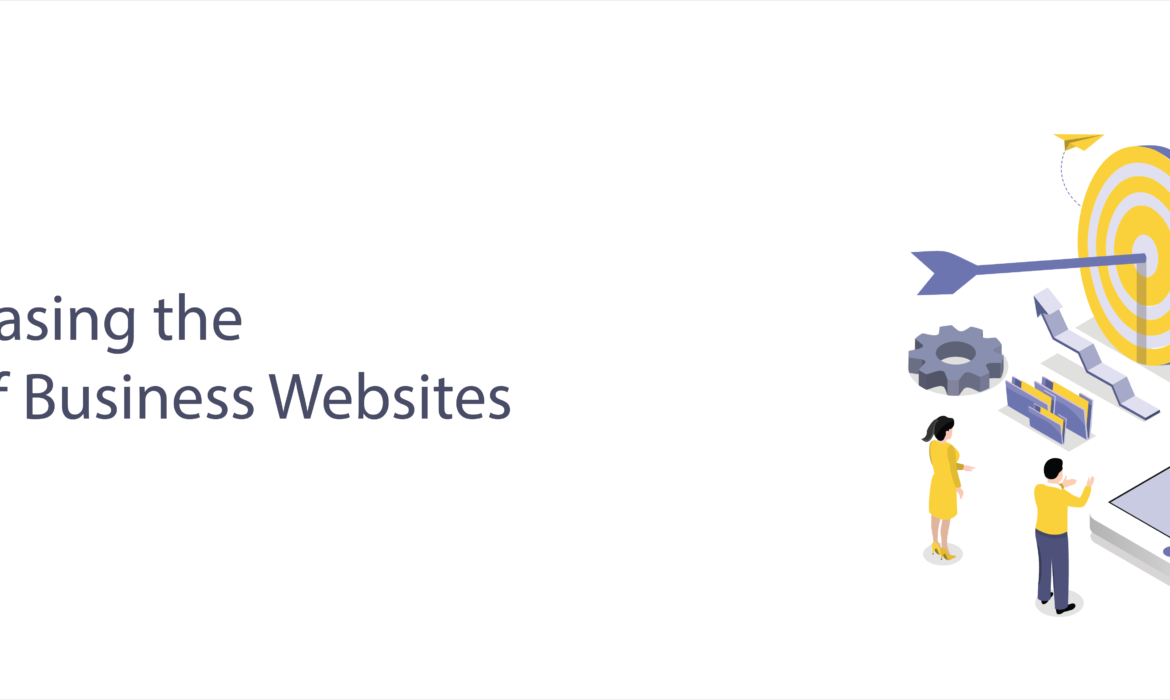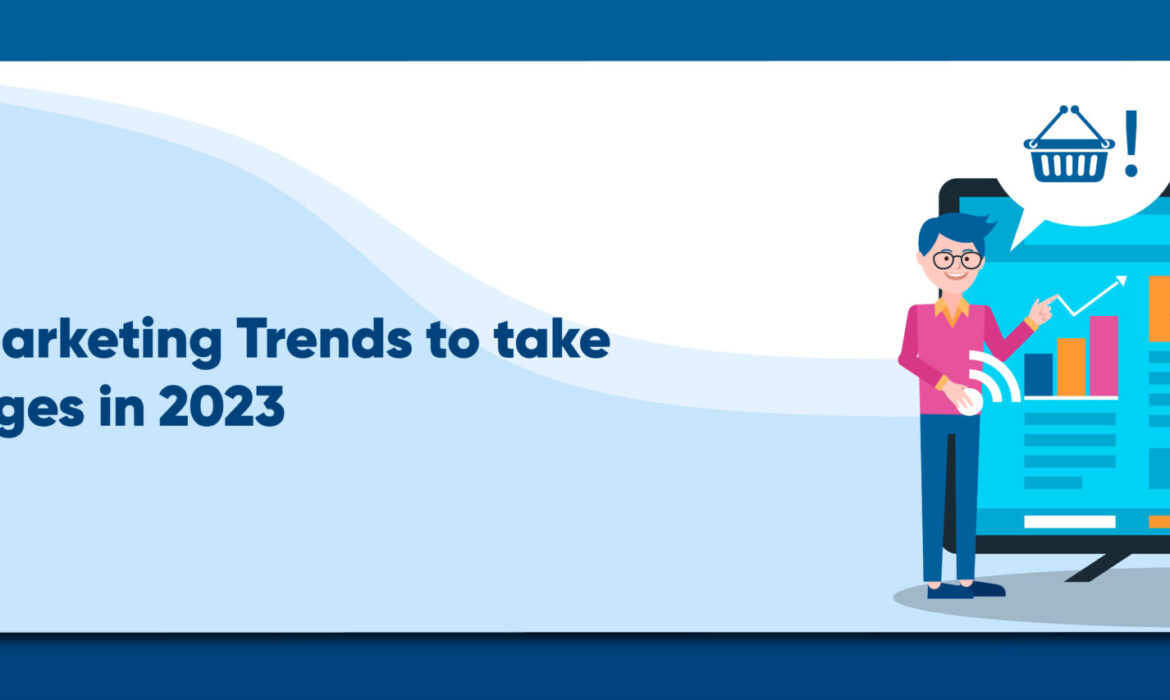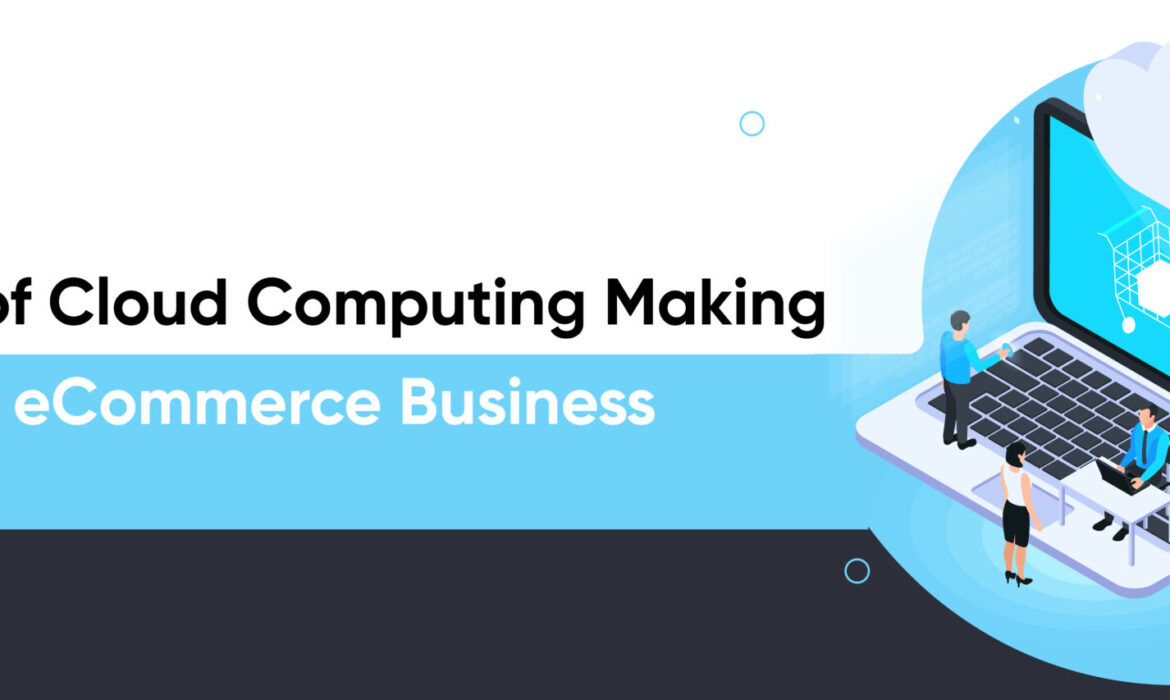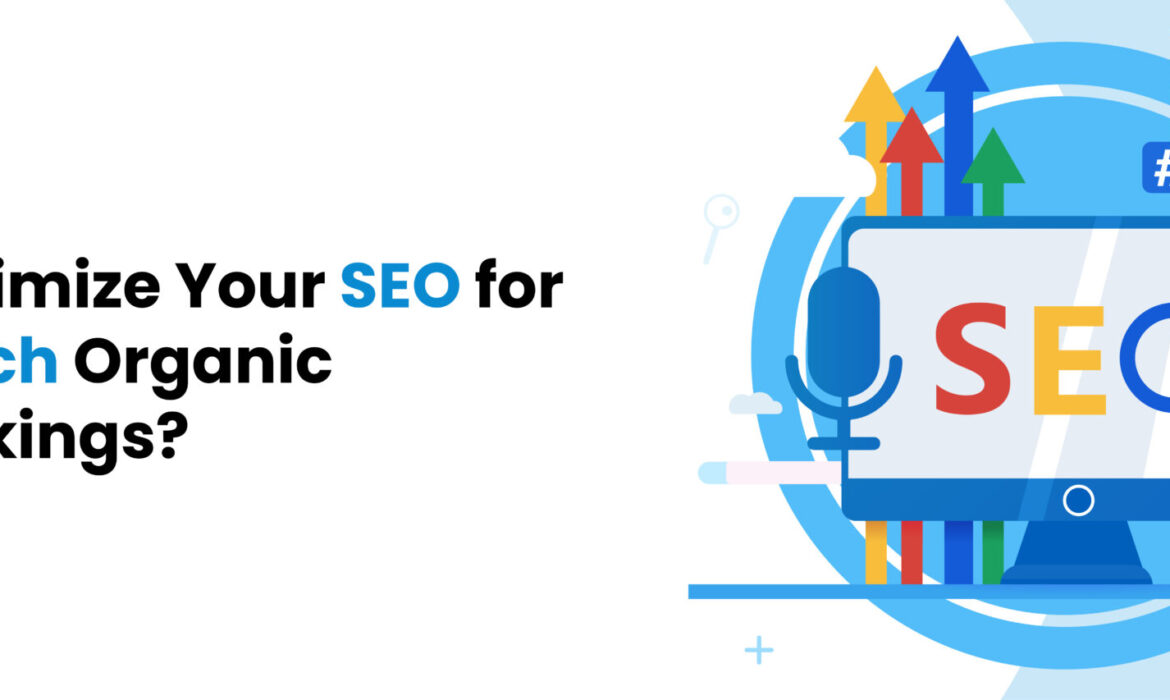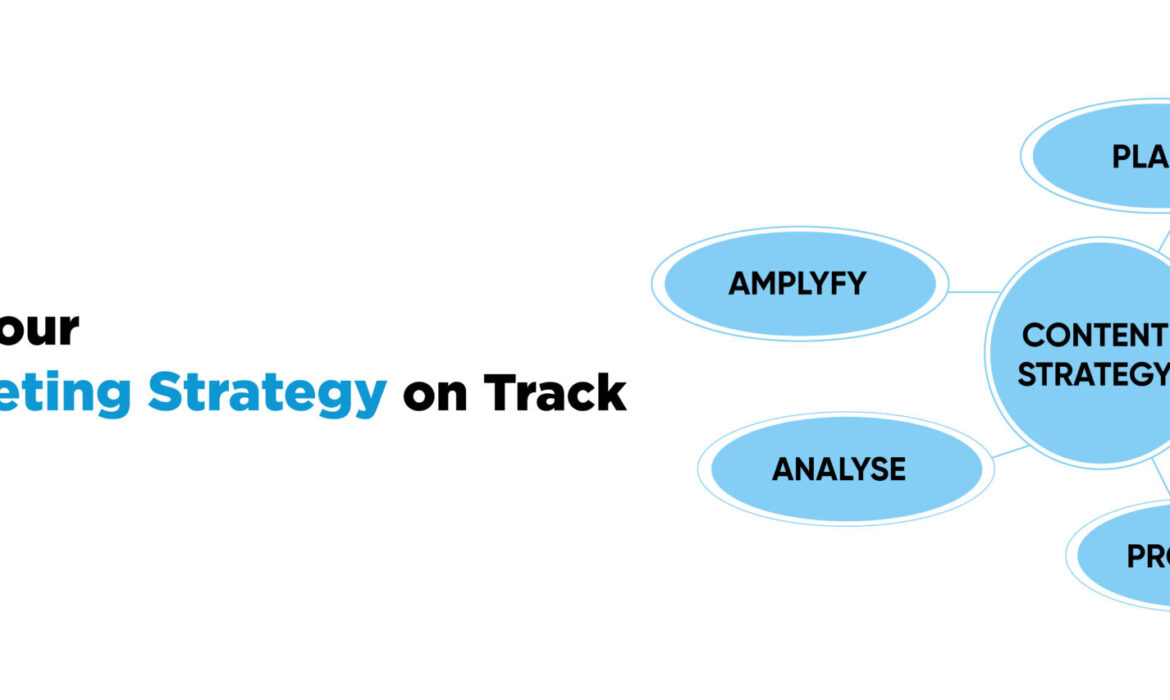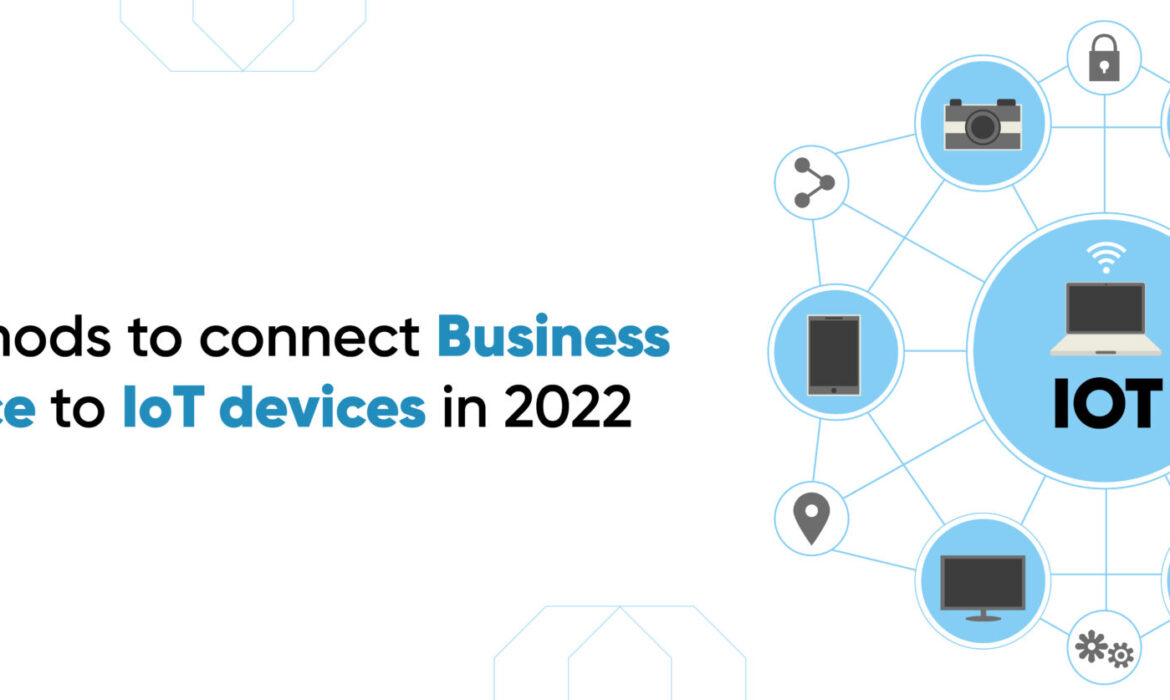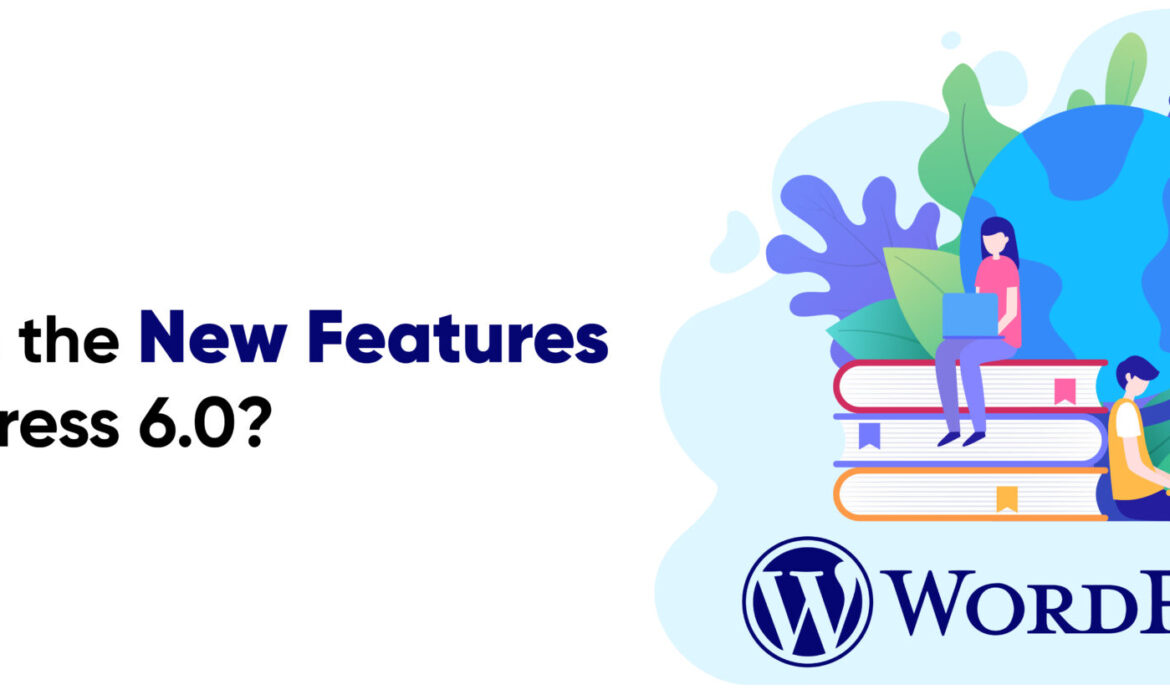Best Woo Commerce Plugins to Improve Your Store
It can be difficult to find the best Woo Commerce plugins, extensions, and addons. The Woo Commerce marketplace contains thousands of plugins, so let’s start with the best Woo Commerce Plugins for conversion optimization.
Top Woo Commerce Plugins
- OptinMonster
OptionMonster is powerful and simple to use and it is the best lead generation tool and WooCommerce sale plugin.
It enables you to create visually appealing opt-in campaigns such as pop ups, floating bars, fullscreen welcome mats, and more.
You can create highly targeted offers, distribute coupons, and much more using OptinMonster.
Its drag-and-drop builder makes it simple to elope eye-catching WooCommerce pop ups that increase your email list and sales.
OptinMonster also integrates with virtually every major email marketing service, including Constant Contact, Sendinblue, Mailchimp, and others.
- PushEngage
PushEngage is the world’s greatest push notification software. These small messages remain on your subscribers’ browsers even when they are not actively browsing your website.
PushEngage allows you to create “drip” campaigns. These automated messages will be delivered to your new and existing subscribers. You can also segment your contact lists to personalize your offers and increase sales.
Another advantage is that you will not be requesting personal information from your subscribers (like name, email address, or phone number). Instead, with the click of a button, you’ll ask users to “Allow” these notifications.
Then you can send them messages to various calls to action (CTAs) on your site to increase conversions.
- All-in-One SEO
AIOSEO is the best WooCommerce tool for optimizing your SEO strategy. It’s the only tool you’ll need to increase the number of people who find your WooCommerce store on search engines like Google.
With AIOSEO, you can be confident that your website is easy for search engines to understand and rank. This enables you to create better content that improves user experience (UX) and increases sales.
That’s because the right SEO strategy will bring the right kind of traffic to your site, not just organic traffic.
AIOSEO can assist you with this by providing a site audit checklist, smart XML sitemaps, and on-page analysis.
It even has a special feature designed specifically for WooCommerce SEO. It enables you to optimize product pages in order to connect with customers.
- TrustPulse
TrustPulse is a WooCommerce social proof WordPress plugin that helps you make trust with your site visitors. It displays small notifications of real-time activity on your site by other users.
When it comes to purchasing decisions, shoppers almost are more likely to trust recommendations from other shoppers than advertisements.
- WP Mail SMTPa
WP Mail SMTP allows you to send emails from WooCommerce using an SMTP service provider (things like order confirmations and invoices).
Using the PHP mail() function, your store sends email notifications to the WooCommerce store owner and customers for various actions.
However, most WordPress hosting providers do not have this function properly configured, and some even block it.
When this happens, your store’s email features will no longer function.
WP Mail SMTP solves this issue by allowing you to send emails from your store using an SMTP service provider. This ensures that Woo Commerce emails are delivered to inboxes rather than spam folders.
- ReferralCandy
ReferralCandy makes it simple to set up and manage a referral programme that will keep existing customers coming back and bring in new ones.
You can design an excellent referral programme to reward loyal customers for referring friends with cash, store credit, discounts, or free products.
When it comes to new customers making purchases, referrals have a significant impact. When potential customers are referred by people with whom they already have a relationship, they are more likely to purchase. With this in mind, referral programmes are an excellent way to show loyal customers that their business and referrals are valued.
Conclusion
Plugins can help improve the performance of your webstore by optimizing product pages and the shopping experience for your customers. The best Woo Commerce plugins, extensions, and add-ons can help your marketplace stand out. Concentrate on the plugins that will provide your customers with the best experience, keep them engaged, and return to your site, while also making it simple to keep your site up to date.
With the knowledge and experience combined, we are developing the right web and mobile application for the brand and business. Contact us
9 Important Elements for Increasing the Effectiveness of Small Business Websites
One of the most important features of your business is your website. Your website is the first place where potential customers learn more about you and determine whether they want to do business with you. It’s important to increase the effectiveness of small business websites.
In today’s online competitive market, simply having a website is not enough. The website must be effective for potential customers to find and use. Following these important aspects will help make your website easier for potential customers to use.
- Mobile Responsive
A website must be mobile responsive in order to be effective. Every day, adults spend more than 4 hours on their mobile phones, and more than one-third do all of their online shopping via mobile device. Needless to say, the mobile website for your company must provide a positive user experience.
If potential customers arrive at your site but find it difficult to read or navigate on a mobile device, they may simply leave and go to a competitor. Furthermore, a poor mobile user experience affects your website’s search engine rankings, making it more difficult for users to find via a Google search – which brings us to our next point.
- Make it simple
A domain name that either matches your company name or describes your business in some way is required. You can even have multiple domains pointing to the same website. This includes employing technical SEO best practices, keyword research, content marketing, and paid advertising campaigns to drive traffic to your website.
- UX
To have a successful website, you must ensure that it is easily accessible, usable, efficient, and pleasing to the eye. To create and maintain an exceptional UX, experiment with design elements such as templates, images, typography, and colors.
- SEO
Search engine optimization is critical for your website. With millions of websites on the internet, competition for a spot on the first page is always fierce. You must determine which keywords your visitors frequently use to find your website.
Keep regional audiences in mind and try to use more specific and local words. Use those keywords sparingly in your site copy, metadata, captions, media tags, and file names.
- Call to Action
Every page on your website should convince the user to take action. In other words, you must bring a call to action to them. These landing pages should entice users to take a specific action, such as calling your company, signing up for a service, purchasing a product, downloading a whitepaper, or doing something else that advances your company’s goals. Give them a clear invitation to act, such as a button, a link, or clear verbiage. If possible, keep it above the fold so that readers do not have to scroll to find the call to action.
- Make sure it’s accurate
It should go without saying that inaccurate information, whether it’s a wrong number, outdated product information, or simple grammatical errors, will turn off customers. You should not only proofread each page before publishing it, but also check it on a regular basis, especially after making changes elsewhere.
- Website copy is customer-oriented
Potential customers land on your website in search of details that will be helpful to them. They come to your blog for educational content at times, and at other times to research the products and services you sell. In either case, you should present pertinent information that will engage your prospects, provide them with something of value, and help them to trust your expertise.
When creating content for your website, try to think about it from the perspective of the customer. What information would be useful to you as a prospective customer? What level of knowledge or expertise do you already have, and what do you need to be explained in greater detail? By focusing on your content from the customer’s point of view, you can keep them on your site longer and increase your chances of forming a long-term relationship with them that leads to a sale.
- Load time
Most online shoppers’ purchasing decisions depend on the time it takes for a web page to load.
Maintaining software updates, optimizing videos and images for faster downloads, and using a website host that can handle your bandwidth demands will help your website run smoothly.
- Social Media Integration
Social media is an important strategy to enhance your audience reach and notify customers about what’s happening with your company. Upload your website updates on your social media accounts. Include social media links to your website as well.
Conclusion
To remain competitive in today’s market, a small business must be able to make its website a place that its target audience enjoys visiting. Whether you’re opening a new store or redesigning your website, use the tips we’ve provided above to help you reach out to and engage with customers in ways they’ll appreciate.
How is Digital Commerce Empowering to the Business World?
In the B2B, B2C, and D2C spheres, consumers’ interactions with brands and retailers have shifted. Digital commerce now encompasses the entire customer experience, ushering in a new era of interaction between businesses and customers in both physical and digital settings.
The term “digital commerce” refers to the online selling and buying of goods. Digital commerce encompasses more than just an online store where items are stored and payments are made. Everything from standard eCommerce to personalized content is involved. If you want to succeed in digital commerce today, strive for an integrated approach to the customer journey and a unified purchase experience.
Important Benefits of Digital Commerce
- Expand internationally with ease:
With digital commerce, reaching consumers all over the world is easier and more cost-effective. If you want to expand globally, you must prepare for the logistics of doing business on a global scale. Even though many consumers buy from foreign retailers, they expect cheap or free delivery that arrives quickly.
- Manage a variety of brand:
People can manage multiple brands at the same time with digital commerce. With the right eCommerce development solution, you can collect product information in one place, easily reuse assets, and provide memorable experiences to the right audience based on targeted data.
- Better customer experience
A better digital shopping experience would increase spending by nearly half of all consumers. Furthermore, if they had a bad experience, this same group of customers would not buy from the same company again.
As a result, it is critical to gain a thorough understanding of the experience that your clients require. Concentrate on the entire client journey, identify obstacles, and use customer data to improve the overall experience.
When done correctly, digital commerce can yield invaluable customer data. Using consumer data, one can provide a more personalized experience across all channels. Customer data enables businesses to increase sales by attracting new customers and cultivating a sense of loyalty among current customers, among other things.
Trends in Digital Commerce
- Content and Omnichannel eCommerce:
Developing and delivering the right message at the right time and place helps to increase brand awareness and support a consistent customer experience across channels.
Clients should have the same experience whether they contact you via social media messenger, an app, or in person. Cross-channel analytics can also help you fully understand your customers.
This includes bringing together all teams within your organization to work on a digital-first strategy. Digital platforms should be prioritized in all areas, including sales, marketing, and warehouse management.
- Headless eCommerce:
If you believe that your eCommerce platform is not growing with your company or, worse, is preventing growth, it may be time to make a change.
The term “headless eCommerce” refers to the idea that the frontend presentation layer of a website, also known as the “head,” is distinct from the backend, also known as the “body.” A straightforward application programming interface (API) facilitates system communication.
Headless e-commerce allows for updates and changes to the front end without affecting the back end. You can easily reach your customers across all touchpoints with consistent, timely, and relevant content experiences.
- Dynamic Architecture:
Dynamic Architecture extends the headless concept by constructing an entire e-commerce system out of “Dynamic” building elements that work as a single entity.
The dynamic architecture enables you to choose and modify best-in-class tools and capabilities to meet your business needs. The lightweight, adaptable concept completely meets the changing needs of a modern e-commerce company.
- Authentic Intelligence:
Artificial intelligence (AI) employs advanced analysis, logic-based techniques, and machine learning to assist and automate decisions, define events, and carry out actions. AI can be used in an e-commerce solution for site search optimization, product recommendations, and tailoring the customer journey.
- Marketplace for Ecommerce:
An online marketplace provides clients with the convenience of a one-stop shop as well as the opportunity to take advantage of the best deals.
There are numerous advantages to using an online marketplace as one of your sales channels, including the ability to reach global markets with low overhead, a relevant audience, and online visibility.
Conclusion
Digital commerce encompasses more than just an online store where items are stored and payments are made. Everything from standard eCommerce to personalized content is involved. If you want to succeed in digital commerce today, strive for an integrated approach to the customer journey and a unified purchase experience. In today’s multi-channel environment, Bluefox Digital Commerce Practice provides end-to-end services to revolutionize how businesses interact with, conduct business with, and provide customer care.
Digital Marketing Trends to Take Advantages in 2023
Many companies are already planning their digital marketing strategies for 2023 and beyond. Smart businesses seek out the most recent trends to incorporate in order to maximize their results and impact. Here are some of the most crucial trends influencing digital marketing that can help you succeed.
- The Metaverse
One of the important analyzed trends in digital marketing is the metaverse. The metaverse is a broad term that refers to a variety of immersive virtual experiences that take place online, usually in the presence of other people.
- Artificial Intelligence
All marketing is powered by artificial intelligence (AI). AI integration into almost every digital marketing channel has been one of the quiet trends in digital marketing over the last few years. Algorithms determine which social media posts you interact with, which search results you see, and even which advertisements you see. AI is making marketing smarter by directing customers to the most relevant products and messages.
- Customer Experience
Most digital marketing algorithms and artificial intelligence (AI) optimize for the same goal: to provide a better user experience. For example, this year’s search engine optimization (SEO) updates focused on providing users with the most useful content. By focusing more on your customers’ experiences, you can outperform the algorithms and delight them.
- Short Videos
TikTok and Instagram Reels are taking over social media feeds—and buyers’ attention. There is no doubt that this format will only grow in popularity. To remain relevant, businesses must appear in the channels and formats where their customers are. The good news is that short video formats are finding their way into social media management tools and schedulers, making it easier for businesses to plan and post in the coming year.
- Simple, Clear Messages
Businesses face a greater challenge than ever before as short-form video takes over and attention spans continue to decline. To gain attention on mobile devices, businesses must be able to communicate in short, snappy soundbites.
- Employee Advocacy
Employee advocacy is the process of getting your team or employees to talk and share on behalf of the company. More and more businesses recognize the value of their employees. Employee personal profiles and assets are frequently more effective than business accounts and assets at reaching more people more authentically. Using this power is a previously untapped opportunity, particularly in business-to-business (B2B) marketing.
- LinkedIn As A B2B Powerhouse
LinkedIn has been around for a long time, but it has recently experienced record growth and engagement. In two years, it is expected to account for 25% of B2B advertising. Businesses are increasingly able to use the platform to expand. Despite this, very few businesses take advantage of it. My guess is that LinkedIn will continue to grow, and the opportunity will expand. Get in early to win disproportionately.
All of these top digital marketing trends are expected to emerge in 2023. Traditional websites and marketing strategies will no longer suffice for visitors. They would rather interact with a company that uses modern platforms and takes the time to learn about their interests.
Conclusion
Every business today competes in a fast – changing environment, and marketers must constantly evolve their strategies and tactics in order to stay one step ahead of the competition. To succeed in 2023, you must remain agile, innovative, and data-driven as Google rolls out new algorithms, new technologies emerge, and the world prepares for a potential recession.
At the heart of your marketing strategy, you must concentrate on developing a thorough understanding of your target audience. This entails utilizing all available resources to create highly personalized experiences for each customer. As long as you keep your audience in mind and use data to guide your decisions, you should be fine.
10 Benefits of Cloud Computing Making It Suitable for eCommerce Business
The benefits of cloud computing make it the ideal choice for many industries, such as eCommerce, healthcare, finance, education, and more. Cloud computing technology has benefited eCommerce businesses in various ways.
Top 10 Benefits of Cloud Computing for eCommerce Businesses
Cloud computing supports the digital transformation of many industries. Business owners who want to set up and grow their eCommerce platform should know the benefits of cloud computing making it suitable for eCommerce business. Here are the important benefits offered by cloud computing.
- Cost efficiency
Cloud computing eliminates the need for capital expenditure for hardware and software, which can be expensive and time consuming to install and maintain. It also provides scalability, meaning businesses only pay for the services they use when they need them.
- Flexibility
Cloud computing provides businesses with the ability to be agile and to quickly adapt to changing market and customer needs. This is especially important for eCommerce businesses, who need to be able to quickly react to customer demand and trends.
- Security
Cloud computing offers advanced security measures, such as multi-factor authentication, encryption and monitoring, to ensure the safety and integrity of data.
- Mobility
Cloud computing allows businesses to access their data and services from anywhere, at any time. This is especially useful for eCommerce businesses, who may have customers in different locations.
- Data storage
Cloud computing provides businesses with the ability to store large amounts of data without needing to invest in costly hardware. This is important for eCommerce businesses, who may need to store customer information and order details.
- Automation:
Cloud computing can automate many routine tasks, such as backups, updates and maintenance. This can save businesses time and money by freeing staff to focus on more important tasks.
- Backup and recovery
Cloud computing can provide businesses with the ability to quickly restore data in the event of a disaster. This is especially important for eCommerce businesses, who need to ensure their customer data is safe and secure.
- Collaboration
Cloud computing enables businesses to easily collaborate with remote teams, partners and customers. This is especially useful for eCommerce businesses, who may need to work with third-party suppliers and services.
- Analytics
Cloud computing can provide businesses with the ability to analyze and interpret vast amounts of data. This is important for eCommerce businesses, who need to monitor customer trends and preferences.
- Reliability
Cloud computing offers businesses reliable access to their data and services at all times, even during peak times or high-traffic periods. This is especially useful for eCommerce businesses, who need to ensure their services are available 24/7.
Conclusion
To summarize, business owners must implement cloud computing technology to support the expansion and growth of eCommerce stores. It has numerous advantages, and these advantages have the potential to add enormous value in increasing the revenue of the eCommerce business. Many eCommerce sites have already adopted cloud computing technology and are reaping the benefits.
How to Optimize Your SEO for Voice Search Organic Result Rankings?
1. Understand How Voice Search Works
To understand how voice search works, you need to understand how search engines work. Search engines are designed to match user queries with the most relevant and authoritative content.
When a user types a query into a search engine, the search engine looks at the query and compares it to the content on the web. The search engine then ranks the content based on how well it matches the query.
When a user speaks a query into a voice search engine, the voice search engine looks at the query and compares it to the content on the web. The voice search engine then ranks the content based on how well it matches the query.
2. Use Natural Language
When optimizing your content for voice search, you should use natural language. Natural language is the language that people use when they speak. It is different from the language that people use when they write.
When you use natural language, you should use the same words that people would use when they speak. For example, if you are optimizing for the query “How do I register for a marathon?” you should use the word “register” instead of the word “sign up.”
3. Use Long-Tail Keywords
When optimizing your content for voice search, you should use long-tail keywords. Long-tail keywords are those that are more specific and longer than general keywords.
For example, a general keyword for the query “How do I register for a marathon?” might be a “marathon.” A long-tail keyword for the same query might be “how to register for a marathon.”
4. Optimize for Local Searches
When optimizing your content for voice search, you should optimize for local searches. Local searches are searches that are done for businesses that are near the searcher.
For example, if you are a marathon registration business, you should optimize your content for the query “How do I register for a marathon in Seattle?”
5. Use Schema Markup
When optimizing your content for voice search, you should use schema markup. Schema markup is code that can be added to your website to assist search engines in understanding your content.
Schema markup can help you optimize your content for voice search by making it easier for search engines to understand your content.
6. Optimize Your Website for Mobile
When optimizing your content for voice search, you should optimize your website for mobile. Mobile devices are the devices that people use to access the internet.
Mobile devices include smartphones and tablets. Optimizing your website for mobile means that your website will be easy to use on mobile devices.
7. Use Google My Business
When optimizing your content for voice search, you should use Google My Business. Google My Business is a free service from Google that allows businesses to manage their online presence.
Google My Business can help you optimize your content for voice search by making it easier for search engines to find and index your content.
8. Promote Your Content
When optimizing your content for voice search, you should promote your content. You can promote your content by submitting it to directories and by sharing it on social media.
9. Monitor Your Rankings
When optimizing your content for voice search, you should monitor your rankings. You can track your rankings using tools like Google Analytics.
10. Update Your Content Regularly
When optimizing your content for voice search, you should update your content regularly. You should add new content to your website on a continuous basis..
You should also update your existing content. Updating your content will help you improve your rankings and will also help you keep your content fresh.
Conclusion
People’s lives have been made easier by voice searches, and websites must optimize their content for voice searches. Voice search is becoming more popular for finding information on the internet. This trend will only continue, so it’s critical to optimize your website for voice search. The guidelines provided above will assist you in optimizing your website for voice search.
How to Keep Your Content Marketing Strategy on Track
A content marketing strategy is a document (or collection of documents) that describes how you intend to attract and engage your target customers through content. It typically includes an analysis of your customers and the types of information they will require as they seek solutions to problems you can assist them with. It will also go over your business objectives and the role your content will play in achieving those objectives. Finally, it will outline your plans for creating and distributing content based on the resources you have available.
Developing a content marketing strategy is crucial for any company that generates content because, quite frankly, content is an investment. You’re putting time and money into assets that will have a big impact on how people perceive your company.
When you set goals and create content with purpose, these assets can provide a return on investment for years after you complete the work. However, if you create content haphazardly, it may have little impact, which can lead to discouragement.
A content marketing strategy focuses your efforts. It is effective to state why you want to create content and what you expect it to do for you. It gives you the knowledge you need to research, plan, and create great content that will motivate your customers to take action.
How to hold your Content Marketing Plan on track?
Keeping your content marketing strategy on track can be difficult, especially as your company grows. How well you stay on track may also be affected by market factors such as customer demand, competition, and new technology trends.
Follow these tactics to keep your content marketing plan on track:
- Set your priorities and deadlines from the start
You can use our content marketing framework to help you set deadlines for creating and releasing various types of content on various topics. Remember that it is also critical to prioritize your content. Using content management and planning tools like Gantt charts, Trello, or Basecamp will also help you stay on track and hold everyone accountable for their respective areas of work.
- Create tasks in a workflow that works for you
If you have a content marketing team, delegate tasks and responsibilities so that work is distributed and everyone is held accountable.
- Be realistic about your timelines
Creating great content takes time, and it’s critical to get it right. When adding tasks to your workflow, ensure that everyone has enough time to complete their tasks. If deadlines appear impossible, not giving people enough time will result in subpar content, frustration, and, most likely, a lack of motivation.
- Stay consistent and focused
You may be tempted to try something different if you don’t see immediate results, but this could be counter-productive. It takes time for content to take hold, and changing your tactics too soon can have an impact on the quality and credibility of your content marketing. If you have a solid strategy in place, it is critical to stick to it for at least six months in order to see trends in your results. Of course, it’s also critical to remain adaptable enough to change your strategy as needed.
- Seek expert advice
If you have limited marketing experience or you don’t have the in-house expertise you need to develop and implement on content marketing and keep your plan on track, you might want to consider hiring a marketing agency that possesses the skills and technology you need.
- Keep it manageable
As the old adage goes, your plan must be SMART – specific, measurable, attainable, realistic, and timely. Keep things as simple as possible to avoid feeling overwhelmed. Begin small and scale up.
Conclusion
Building a solid content marketing strategy is an important strategy for many businesses, but keeping that strategy on track requires dedication and effort. You can use content marketing planning and useful and effective methods to sustain your plan and keep it on track to deliver the desired results.
Reasons to Migrate Your Legacy Applications to the Cloud
As a business leader, you’ve probably heard many companies talk about moving operations to the cloud. Perhaps your company is already using it for some systems, or internal stakeholders are pressuring you to do so. According to Gartner, more than 70% of organizations have moved some of their systems to the cloud.
However, the advantages of cloud migration may be unclear to you. Many CIOs and CTOs talk about the cloud as if its benefits are universally recognized. However, you will require more substantive evidence before investing your time, money, and resources in this initiative.
Important reasons to consider migrating your legacy systems to the cloud.
- Reduced Maintenance
The most direct benefit of cloud migration to your organization is reduced maintenance costs. If your company currently uses on-premises software, you’re paying a fortune to maintain that infrastructure and putting money aside each month for energy bills.
Companies can begin scaling back their on-premises infrastructure as they migrate iteratively to the cloud. That means lowering energy costs and reducing the number of employees solely dedicated to keeping on-premises solutions running. Moving to the cloud, according to AWS, reduces IT costs by 31% on average.
- Auto scaling to Your Needs
A primary reason cloud migration saves organizations so much money is that you only pay for cloud-hosted solutions when you or your customers use them. This is in contrast to on-premises software, which consumes significant resources even when no one is using it. Furthermore, on-premises businesses struggle to keep up with spikes in demand, whereas cloud solutions can scale up or down based on your needs.
For example, we recently assisted a company in moving its student recruitment tool to the cloud. When it comes to student recruitment, American colleges have a much-defined high season (fall term) and low season (spring term) (late spring through mid-summer). As a result, it made little sense for our client to pay expensive server fees when only a few colleges used their tool.
Our client couldn’t handle spikes in demand during peak recruitment season before moving to the cloud. Colleges frequently had to wait for more than a day to see updated information in the student recruitment tool. Once in the cloud, however, our client’s customers had a consistent experience whether they were browsing data on the busiest or slowest day of the year.
- Enhanced Security
One of your company’s main concerns about the cloud is its security. Fortunately, by utilizing some of the world’s most robust cloud infrastructures, such as Azure or AWS, you are also utilizing those organizations’ extensive security procedures.
These cloud providers have a vested interest in ensuring the security of your data. A high-quality cloud service provider will patch its systems on a regular basis to protect against new and emerging cyber threats. In fact, Gartner estimates that 99% of cloud security issues will be the result of customer errors through 2025.
Work closely with a proven technology consultant, such as a Programmer, to maximize the security of your cloud-based systems. This puts your organization and customers in the best position to avoid data breaches.
- Freeing Up Your Staff
Because of reduced maintenance requirements, auto-scaling, and increased built-in security, your IT teams will spend less time managing legacy systems. These employees can shift their focus to innovation, developing new customer-facing and internal systems that differentiate your company.
This is also an opportunity to upskill and reskill tech talent, making your company more resilient in the face of the Great Resignation. As your employees are given more opportunities to advance, they will be less likely to look outside the organization for their next job.
Conclusion
Many leaders take it for granted that cloud migration adds value to organizations. However, any CIO or CTO considering a cloud migration initiative must understand why this is the best use of resources.
By migrating legacy systems to the cloud, you can save money on maintenance and energy while increasing security. Meanwhile, it allows your organization to scale at a faster rate and frees up your tech teams to focus on innovation.
Top 5 Methods to connect Business Intelligence to IoT devices in 2022
IoT is changing the way organizations operate business today. IT innovations like AI, Data Science, Big data, edge computing and IoT integrated devices are becoming the new normal as organizations develop more agile development centers, convey innovation, and develop stronger supply chains. To be sure, in the present mind-boggling and fast-paced organization world, IoT adoption in business is becoming critical to maintaining an upper hand, and successful organizations are proving its worth by adopting it.
5 Ways to connect Business Intelligence to IoT devices
As you are now aware of the business intelligence trends that you should employ in your business. You should have some methods to apply it right? So, here we have compiled a list of all the methods to connect business intelligence to IoT devices.
- Objective and Strategy
The primary significant thing to do is define a business goal and develop a strategy. However long you do not have any idea what to achieve, you will not have the option to discover what data you really want. This type of data is a crucial part of any business, and it is not the same for every business. Assume you own a communication company, and the information you need to transfer is base station data.
The server signal level, heating, and so forth, are some of the points that should be considered. You would need to require progressed signal observing and transmission sensors alongside temperature sensors for this. This data can be routed to IoT gateways for investigation and device outputs.
The result should be shown on the Dashboard. It can assist the decision-makers to make better-informed choices with a clear understanding of the system. Planning the use of data additionally incorporates the way the data will be viewed by all.
- Create a Data Backup
At the point when you determine what information you want to get, the next thing to do is track down a spot to store it. As the data from the users will be massive, you will require something substantial to store it. As we mentioned above, let’s assume, you have to bring the data from various base stations located throughout the town or city for your communication business.
As the information will be more in volume, you would need to rely on cloud administrations for that. There are many cloud service providers available including the industry leaders such as Azure, Google Cloud, and others. You can select any of these for cloud data storage.
On top of this, it is additionally essential to keep a backup of the relative multitude of fundamental information. You can choose not to back up everything but instead keep the backup of important data on an external system.
- Data Preparation and Training
Data preparation might sound like a big scary term to you but what it implies is that you want to see how the data is being brought and separated. While utilizing IoT devices, the information can be in a variety of formats. To ensure that the data is isolated appropriately, you should prepare the focal point or gateway. There are various artificial intelligence tools that you can use to create the center point to isolate your data into different classes.
- Data Examination
Whenever the data is isolated into distinct classifications, it should be analyzed. For this, you can utilize data analytics tools that enable you to organize and decipher data in light of your preference. The critical point of data examination is that you should prepare it to be imagined. The consequences of data examination make it simple for the experts to examine any data changes and patterns on a scale. Additionally, the result is far more perfect and reliable.
- Data Visualization
Data validation is the last and final stage in this process. As you have every one of the data got, isolated, coordinated, and demonstrated, it is time to imagine it in the best possible way.
The prime point of this is to make it simple and easy by checking it out. Along these lines, here you can utilize a device that can generate noteworthy and intuitive representations of the data collections created. The perceptions can be as diagrams, charts, maps, and other depictions.
Conclusion
Even if you know how to connect business intelligence to IoT Devices you should hire professionals to work for you. As they are experienced enough and they can also make sure no data loss. So, you can reach out to Blue Fox professionals to connect business intelligence to IoT devices.
What Are the New Features in WordPress 6.0?
WordPress 6.0 was released today and is the second major version of 2022. This new version includes significant updates for the whole website editing and offers a new way to create websites. In this article, we’ll show you what’s new in WordPress 6.0 and what features you should try after upgrading your sites.
- Switch Friendly Themes
Now the new version requires only one click to switch or change the theme of the website to your desire. Depending on the niche of your website, sometimes you need to change themes regularly. If it used to be a web design task, you can now implement it quickly. There is a style option for this in the top right corner of the page. Click on it and choose Browse Styles. Choose a style that fits your audience or brand theme. Type Ok and you’re done.
- Improved Block Editor
Users can now use different themes compatible with the latest full website builder offering great custom websites. The new version includes a block theme that improves the way developers and content publishers can use the site’s full blocks, choose design patterns and even work on cool templates. If you do some research on this new version, you will find many editable templates in the block editor. This includes some archive templates like category, content author, the inclusion of required tags, publication date, and taxonomy option.
- Block Themes are exportable now
With the new WordPress 6.0 version, you can easily make all your changes in the block editor, save your changes with a single click, and then export them to your latest block theme. To speed up this process, WordPress has a ZIP file for this saved theme file. That includes all kinds of changes made to the theme. Now you can simply download it on your PC. The best part is that you now have the benefit of using this WordPress website theme on any other WordPress website you have developed before.
- User-friendly text selection
In the previous version, selecting the text in one of the blocks was a very complex process. If the text had to be copied and clipped into another block, the process was time-consuming. It took a long time for the style editors to work, so now the new version is super easy to use. The selection process is now fluid.
- Lock the Block Theme
In the past, WordPress changes would change very quickly when multiple users entered the editor and accidentally changed block positions or content themes. In the latest version, you can now lock the block you edited or redesigned. However, one of the biggest problems was that when users make changes to reusable blocks, that last change is saved forever. So this still needs improvement and we could probably see a change in the upcoming versions.
- Easier controls for text and writing
For starters, WordPress 6.0 fixed one of the persistent pain points of previous versions by now allowing users to select text from multiple blocks at once. This makes copying and pasting text much easier, especially if you want to rearrange more than one paragraph at a time.
- Responsive Behavior
Last on our list is now the WordPress 6.0 responsive element, as the user is now free to choose which blocks they want to see on different screens. For example, if you want your website to appear on many smart devices and different gadgets, use this option to display each of the blocks as a stack or maybe a row, as you like.
In short, once you’ve read this blog, you’ll understand that WordPress 6.0 is all about making the software more accessible, more customer-friendly, and easier to manage. With this, if you are a web developer, you can experience the level at which they have made most of the factors more user-friendly. This accessibility makes WordPress more effective.
Conclusion
With each update, WordPress gets a little more user-friendly, with more customization options, intuitive controls, and time-saving shortcuts. WordPress 6.0 is no different, bringing the CMS closer to its goal of site-wide editing. The main goal of WordPress 6.0 is to improve the customization and editing options available to us. We look forward to exciting times ahead.

